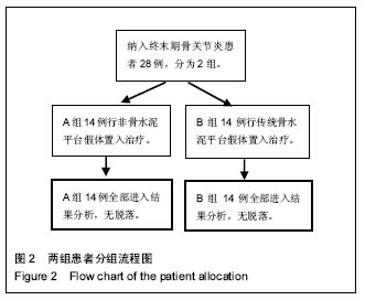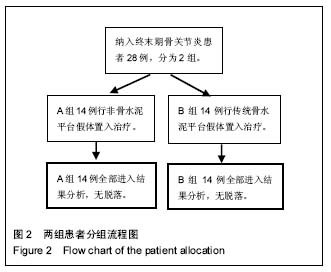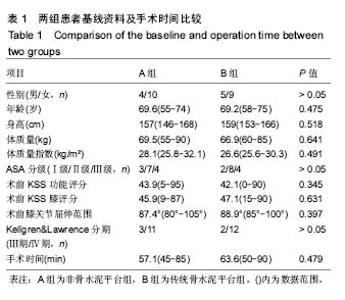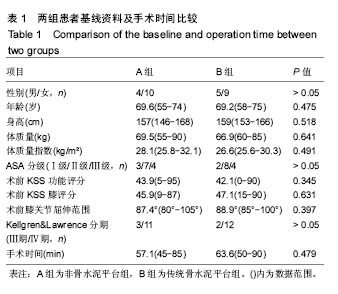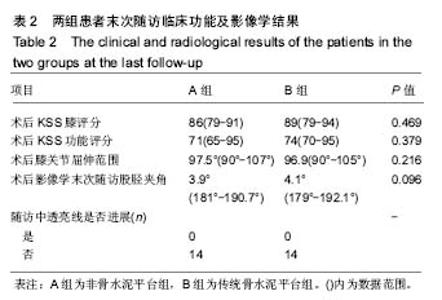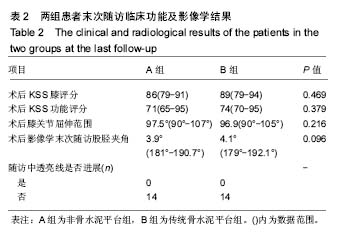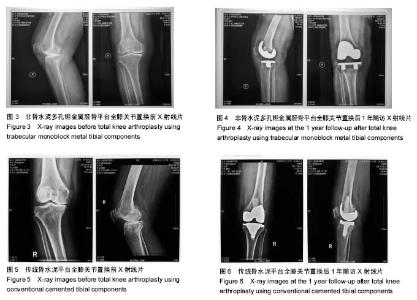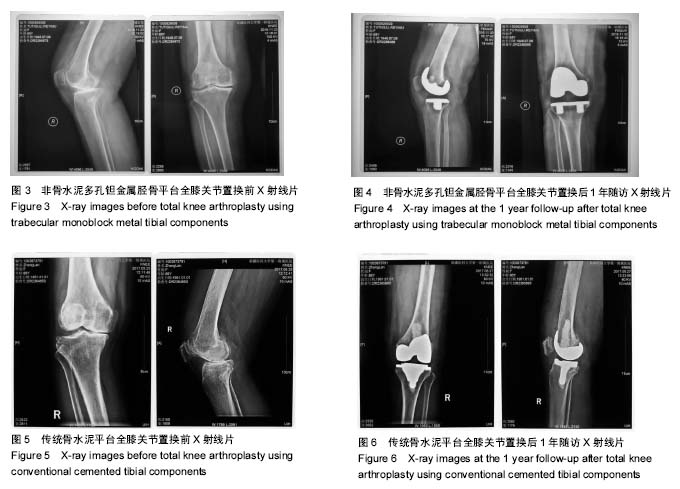| [1] Kurtz SM,Lau E,Ong K,et al.Future young patient demand forprimary and revision joint replacement: national projections from2010 to 2030. Clin Orthop Relat Res. 2009;467: 2606-2612.[2] Charnley J.Arthroplasty of the hip: A new operation. Lancet. 1961;1:1129-1132.[3] Jain NB,Higgins LD,Ozumba D,et al.Trends in epidemiology of knee arthroplasty in the United States,1990-2000.Arthritis Rheum. 2005;52:3928-3933.[4] Lombardi AV Jr, Berasi CC, Berend KR. Evolution of tibial fixation in total knee arthroplasty. J Arthroplasty. 2007;22: 25-29.[5] 张忠,张海森,张冰,等. 全膝关节置换后早期疗效:3种假体的比较[J]. 中国组织工程研究,2014,18(17):2758-2761.[6] 王国栋,郭艾,强华,等. 活动平台假体人工膝关节置换后的中期随访[J].中国组织工程研究,2014,18(26):4101-4107.[7] Meneghini RM,Lewallen DG,Hanssen AD. Use of porous tantalum metaphyseal cones for severe tibial bone loss during revision total knee replacement. J Bone Joint Surg Am. 2008; 90:78-84.[8] Nehme A, Lewallen DG, Hanssen AD. Modular porous metal augments for treatment of severe acetabular bone loss during revision hip arthroplasty. Clin Orthop Relat Res.2004;429: 201-208.[9] Fernandez-Fairen M, Hernandez-Vaquero D, Murcia A, et al. Trabecular metal in total knee arthroplasty associatedwith higher knee scores: a randomized controlled trial.Clin Orthop Relat Res. 2013;471:3543-3553.[10] Kamath AF, Lee GC, Sheth NP, et al. Prospective results of uncemented tantalum monoblock tibia in total knee arthroplasty: minimum 5-year follow-up in patients younger than 55 years. J Arthroplasty. 2011;26:1390-1395.[11] Minoda Y, Kobayashi A,Ikebuchi M,et al. Porous tantalum tibial component prevents periprosthetic loss of bone mineral density after total knee arthroplasty for five years–a matched cohort study.J Arthroplasty.2013;28:1760-1764.[12] Ghalayini SR,Helm AT,McLauchlan GJ.Minimum 6 year results of an uncemented trabecular metal tibial component in total knee arthroplasty. Knee. 2012;19:872-874.[13] Niemelainen M,Skytta ET,Remes V,Makela K,Eskelinen A.Total knee arthroplasty with an uncemented trabecular metal tibial component:a registry-based analysis. J Arthroplasty. 2014;29:57-60.[14] Dunbar MJ,Wilson DA,Hennigar AW,et al.Fixation of a trabecular metal knee arthroplasty component. A prospective randomized study.J Bone Joint Surg Am. 2009;91:1578-1586.[15] Henricson A,Linder L,Nilsson KG.A trabecular metal tibial component in total knee replacement in patients younger than 60 years:a two-year radiostereophotogrammetric analysis.J Bone Joint Surg Br. 2008;90:1585-1593.[16] Helm AT, Kerin C, Ghalayini SR, et al. Preliminary results of an uncemented trabecular metal tibial component in total knee arthroplasty.J Arthroplasty. 2009;24:941-944.[17] Klein GR, Levine HB, Hartzband MA. Removal of a well-fixed trabecular metal monoblock tibial component. J Arthroplasty. 2008;23:619-622.[18] 吴立东, 金礼斌, Thomas L Bemasek. 全膝关节翻修术中应用金属垫片修复非包容性骨缺损的中期随访[J].中华骨科杂志, 2004,24(4):224-229.[19] 李展春,陈建伟,李新锋.肿瘤型全膝关节假体置换术治疗胫骨近端骨巨细胞瘤15例分析[J].中国骨与关节杂志, 2013,2(11) : 623-626.[20] 黄华扬,郑小飞,李凭跃. 全膝关节翻修假体系统建骨缺损和关节稳定性的近期疗效观察[R].全军骨科学术大会, 2010.[21] 张宇,张永兴,赵庆华 .多孔钽金属在临床骨关节修复中的应用[J].国际骨科学杂志,2015,36(1):36-39. |
